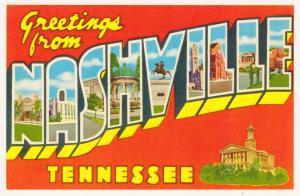 Americans have taken back the vacation that eluded them during the recession. Almost two-thirds (63%) of all American adults are planning to travel for pleasure during the next 12 months, based on a recent study by Shullman Research. Half of those travelers will be staying in the U.S.
Americans have taken back the vacation that eluded them during the recession. Almost two-thirds (63%) of all American adults are planning to travel for pleasure during the next 12 months, based on a recent study by Shullman Research. Half of those travelers will be staying in the U.S.
As the income rises, so does the propensity for travel. Among those making more than $250,000, 88% plan to travel for pleasure. And for that famous 1%, those making more than $500,000, their travel expenditures will be three time more than all adults. Where are those traveling outside the US going? Those traveling outside the United States during the next 12 months are more inclined to consider specific destinations (75%) such as Europe (the #1 destination), then the Caribbean, Mexico, Bermuda, Central/South America, and Asia.
Marketing Sways Opinion
Roughly 8 in 10 Americans pay attention to travel marketing and advertising, according to results from a survey commissioned by SpringHill Suites, a Marriott International brand. Women make some 80% of all vacation plans and are more enticed by marketing and advertising than men.
The average American thinks the perfect length of a vacation is 12 days. Most work about 11 months (47 weeks) between vacation breaks. Men, however, go longer between vacations than women (about 1 year or 52 weeks vs. about 10 months or 43 weeks). And travelers without kids vacation less often that those with kids. On average, there is just over 1 year (14 months) between vacations for travelers without kids, and about 8 months (31 weeks) between vacations for those with kids.

Budgets Are Important
Four in five (81%) vacationers set a budget, with more women than men (86% vs. 76%) doing this. In fact, over three in four (77%) of those who don’t consider themselves to be budget conscious in their everyday life set a vacation budget.
HENRY, can you hear me?
Pam Danziger points to the HENRYs (High Earnings, Not Rich Yet) as leading the way in many affluent travel purchases. Even though HENRYs have a far lower spending threshold than ultra-affluents, there are just so darn many of them. There are ten HENRY households for every ultra-affluent.
The affluents are modeling their behavior like HENRYs. They are getting to their destination the cheapest way possible, but once there splurging on a four or five star luxury hotel and dining experiences.

